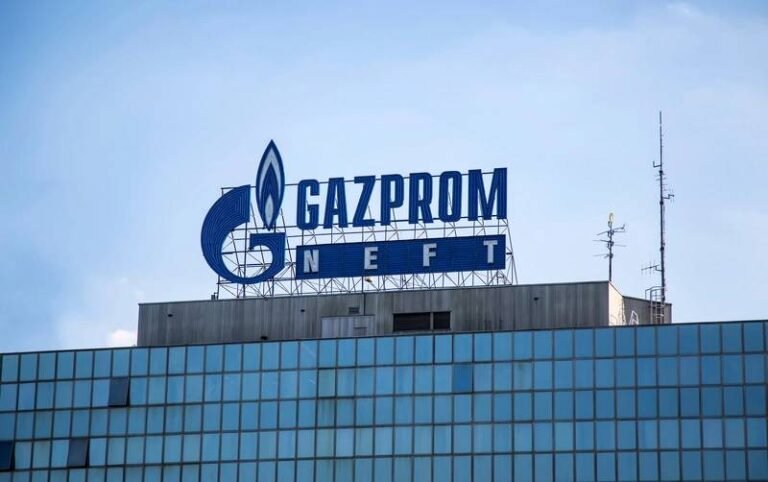Russia’s Arctic Oil Exports to China Surge Amid Ship-to-Ship Transfers
Russia’s Arctic oil exports to China are expected to see a significant increase this month, driven by a rise in ship-to-ship transfers at sea to ensure tankers are not on U.S. sanctions lists when they arrive in port. This strategy is being employed to bypass the widened U.S. sanctions imposed in January on tankers carrying certain crude oil grades and on Russian producer Gazprom Neft, affecting a significant portion of Russia’s seaborne oil exports.
The Arctic oil business accounts for about a tenth of Russia’s seaborne oil exports, and recent data from Vortexa suggests that ship-to-ship transfers of cargoes are taking place in international waters off Singapore and Malaysia. These transfers involve loading cargoes onto Very Large Crude Carriers (VLCCs) that are not subject to sanctions before heading to Chinese ports.
According to Vortexa senior analyst Emma Li, at least 4 million barrels of Arctic oil completed ship-to-ship transfers last week, with an additional 16 million barrels expected to arrive in the South China Sea this month. The rebound in China’s Arctic oil imports is driven by ample supply, but the actual volume discharged will depend on logistics challenges and the buying interest from Chinese refiners.
Despite opposition to unilateral sanctions, China is engaging in ship-to-ship transfers to avoid being associated with sanctioned tankers, as secondary sanctions remain a concern for Chinese buyers. Many are willing to pay higher prices for cargoes involved in these transfers to mitigate the risk of sanctions.
The Arctic oil grades – ARCO, Novy Port, and Varandey – are produced in Russia’s northern regions, where harsh winter weather and high investment costs impact production. These grades are typically shipped from oilfields to floating storage in Murmansk before reaching end-users, making it challenging to track exports of each grade.
While some Arctic oil cargoes are being stored on ships, not all are finding immediate buyers. For instance, the tanker Fast Kathy loaded Arctic oil in Murmansk in March and has been floating off Port Said in Egypt since April 9. India, previously a top buyer of Arctic oil, has reduced purchases due to sanctions, with most Arctic oil going to India originating from the Varandey field developed by Russia’s Lukoil.
Other buyers of Arctic oil include Syria, which received its first shipments earlier this year, and Myanmar. The complex logistics involved in shipping Arctic oil to China are driving up costs, with the shorter North Sea Route to China closed until July.
Overall, Russia’s Arctic oil exports to China are seeing a resurgence through ship-to-ship transfers, providing a workaround for U.S. sanctions on tankers carrying specific crude oil grades. The practice highlights the adaptability of the oil industry in navigating geopolitical challenges to meet global demand.
Sources: Reuters

